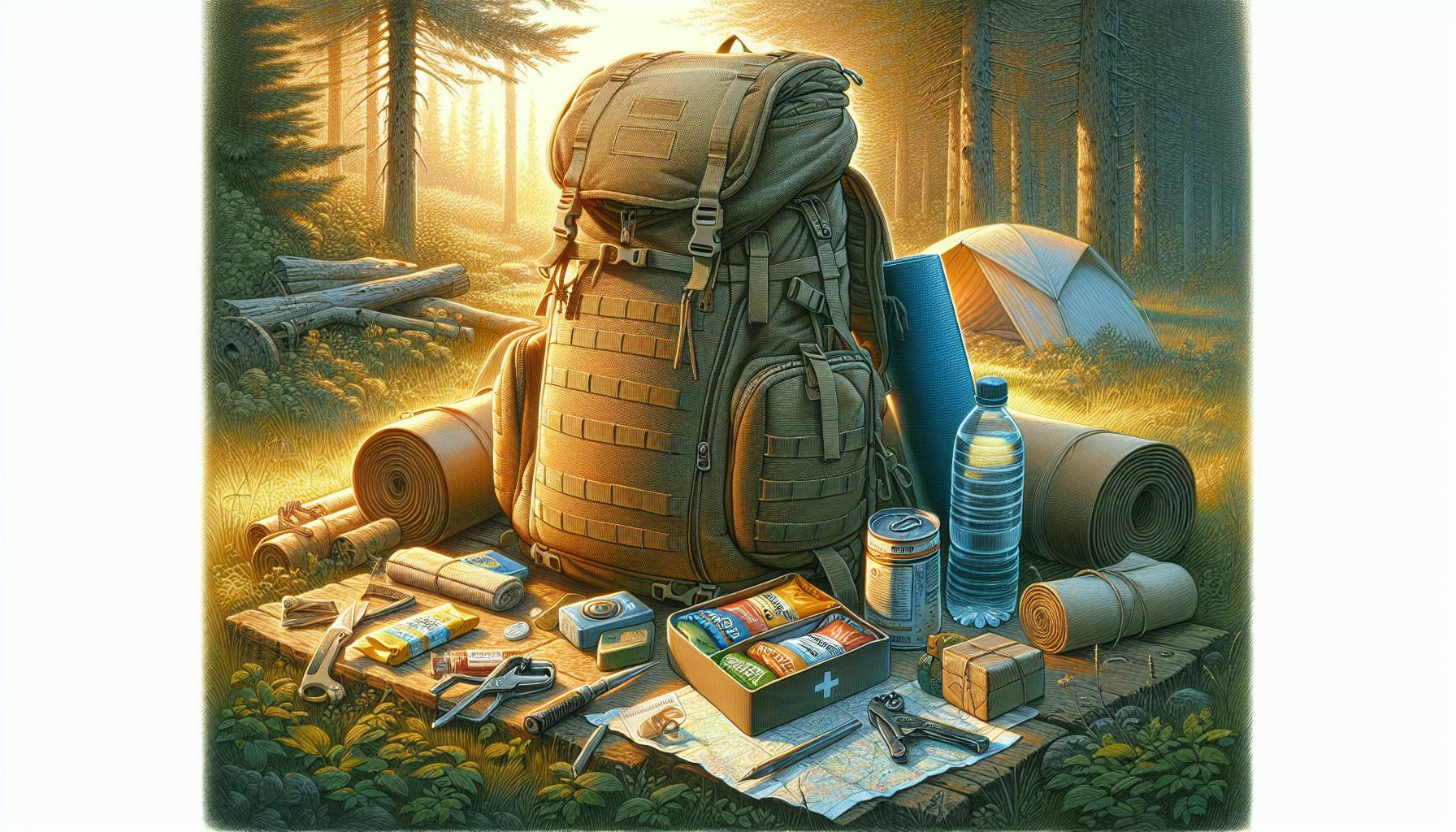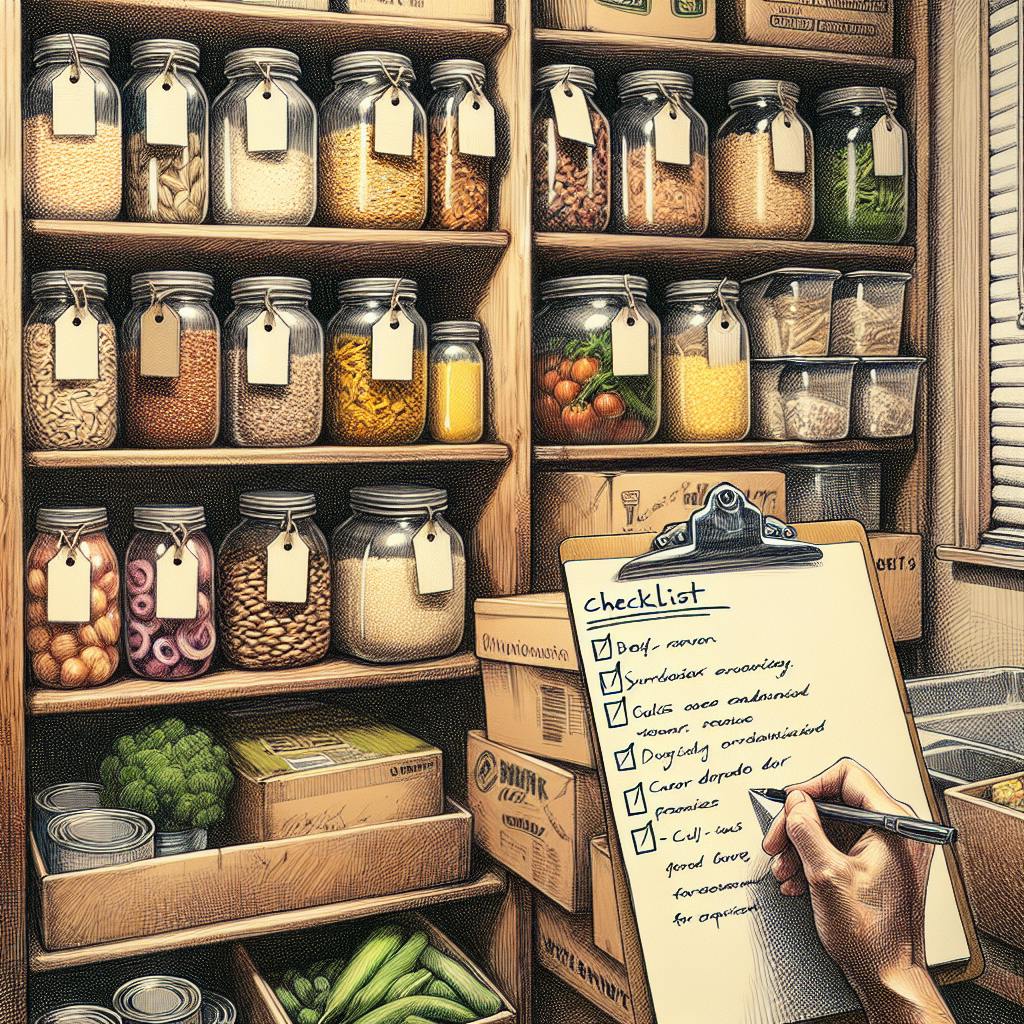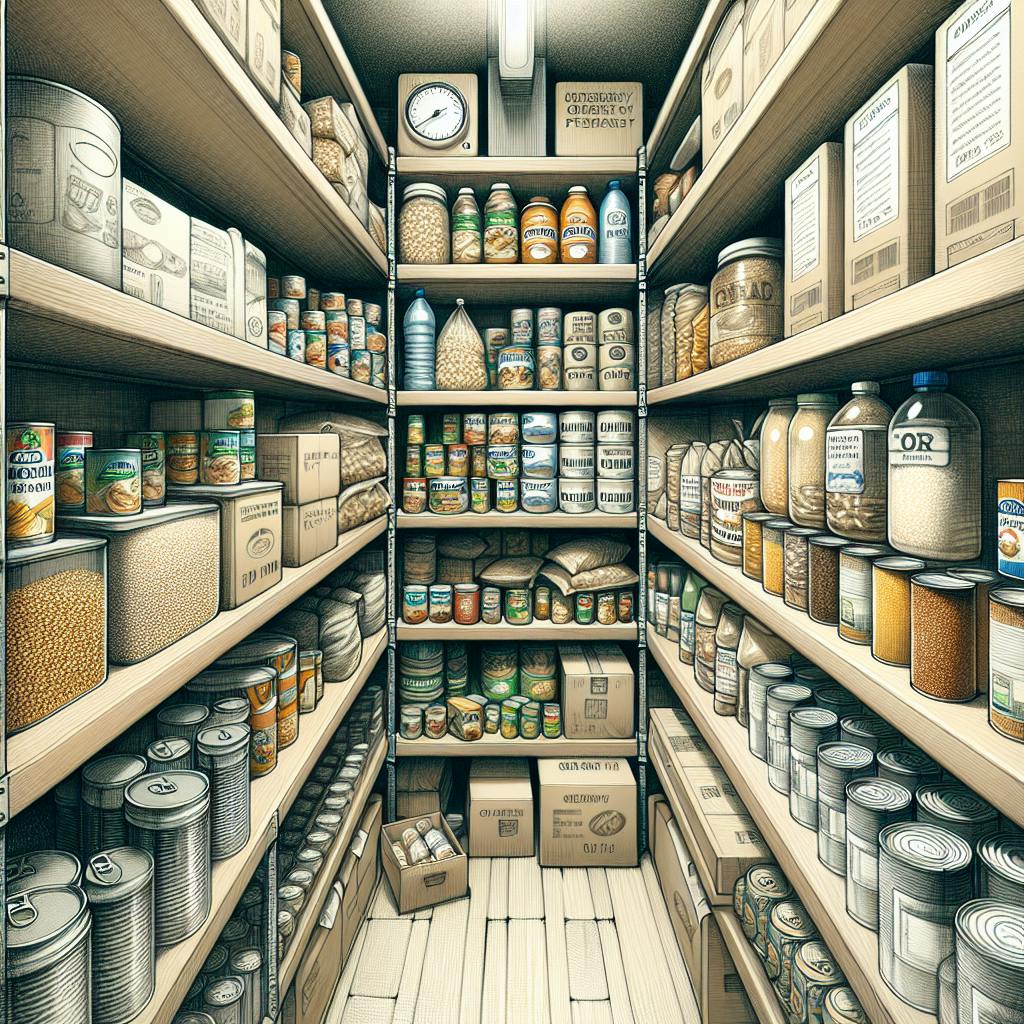Powdered cheese is a fascinating yet often misunderstood pantry staple for preppers and survivalists. Made by dehydrating regular cheese into a fine powder, it offers an extremely long shelf life along with portability and convenience. In this article, we'll explore everything you need to know about powdered cheese - from how it's made and its key benefits, to creative ways to use it and tips for proper storage. Whether you're prepping for emergencies or just want a handy shortcut ingredient, powdered cheese is worth getting familiar with. Let's dive in!
An Introduction to Powdered Cheese
For those new to the world of powdered cheeses, here's a quick primer:
-
Powdered cheese is made by dehydrating real, fresh cheese into a shelf-stable powder form. This removes about 95% of the moisture.
-
Common varieties include cheddar, parmesan, and nacho cheese powder. It can also be found in blends like mac & cheese powder. Popular brands include Hoosier Hill Farm, Augason Farms, and Thrive Life.
-
With most of the moisture removed, powdered cheese has a much longer shelf life than regular cheese, often 10+ years if stored properly below 75°F.
-
It's extremely lightweight and portable since all the water weight is gone. Perfect for bug out bags, hiking, and food storage.
-
No need to refrigerate! The powder cheese is shelf-stable at room temperature.
-
To use, simply reconstitute by adding water or milk. This creates an easy cheese sauce, dip, or spread. Mixing with powdered butter or oil makes it extra creamy.
-
Powdered cheese is very versatile in cooking and adds a nutritional boost of protein, calcium, vitamins, and minerals.
For preppers and survivalists, powdered cheese checks a lot of important boxes. Let's look closer at why stocking it is so beneficial.
The Benefits of Stocking Powdered Cheese
Here are some of the key reasons powdered cheese is a smart addition to your prepper's pantry:
-
Extremely long shelf life - Properly stored below 75°F, powdered cheese can last 10 years or longer. This makes it ideal for emergency food storage and stockpiling.
-
Very lightweight and portable - Since all the moisture is removed, powdered cheese takes up much less space and weight than regular cheese blocks. Easy to stash in bug out bags, hiking packs, and food storage containers.
-
No refrigeration needed - Unlike regular cheese, powdered cheese is completely shelf-stable at room temperature. One less thing to worry about in a power outage!
-
Easy to reconstitute - Simply add water, milk, or other liquids to turn the powder back into cheese sauce, dip, or spread. Super convenient in a pinch.
-
Available in bulk sizes - For serious preppers, powdered cheese can be purchased in large bulk quantities for food storage. Saves money over regular cheese.
-
Can be used in many recipes - Beyond just cheese sauces, powdered cheese makes a great flavor-booster for casseroles, pasta, eggs, soups, baked goods, and more.
-
Adds protein and calcium - The cheese powder still provides the nutrients of regular cheese, including protein, calcium, vitamins A, B12, D, and K2. Helpful for well-rounded emergency meals.
Clearly powdered cheese offers some major advantages for emergency preparedness and survival situations. But how exactly is this magical dehydrated cheese made? Let's find out!
How Powdered Cheese Is Made
The process of transforming fresh cheese into shelf-stable powder form is actually pretty straightforward:
-
It starts with real, honest-to-goodness cheese - usually a firm variety like cheddar or parmesan.
-
The cheese is shredded into small pieces then heated to drive off moisture. This prep work helps remove water more efficiently.
-
Next, the dried cheese shreds are ground down into a super fine, powdery texture. Almost like flour.
-
Anti-caking agents are mixed in to prevent the powder from clumping back together.
-
The cheese powder is packaged in thick plastic bags or jars. Vacuum sealing removes oxygen to help preserve freshness.
-
Oxygen absorbers can be added to bags to help extend shelf life.
-
The entire process removes approximately 95% of the moisture from the original cheese.
-
What's left behind is the concentrated flavor, nutrients, protein, and salt that gives cheese its signature taste and texture.
While it may seem like magic, powdered cheese is simply made by carefully dehydrating real cheese while retaining all its best qualities. This results in a versatile and imperishable form of cheese perfect for preppers.
Rehydrating Powdered Cheese into Cheese Sauce
One of the handiest uses of powdered cheese is to quickly whip up cheese sauces, dips, and spreads. Here are some tips for reconstituting powdered cheese:
-
Use cold water or milk as the base - around 1⁄4 cup liquid per ounce of powder. Too much liquid will make it thin and watery.
-
Add powdered cheese to the liquid gradually, whisking vigorously to prevent clumping.
-
Once combined, heat sauce over medium heat, continuing to whisk constantly until thickened and smooth.
-
For extra creaminess, stir in a bit of real butter or oil after heating. Olive oil or coconut oil work well.
-
Season the finished sauce to taste with salt, spices, hot sauce, etc. based on the flavor profile you want.
-
The reconstituted sauce will thicken more as it cools. Thin with extra milk or water if needed.
With just a few minutes of whisking and heating, you can turn powdered cheese into a smooth, creamy sauce ready for all kinds of uses. Talk about convenience!
Uses for Powdered Cheese
Now that we know the basics, let's explore the myriad ways powdered cheese can be utilized:
-
Sprinkle powdered cheese on eggs, casseroles, pasta, rice, ramen noodles, soups and stews to add a flavor and nutrition boost.
-
Make easy mac and cheese in minutes just by adding hot milk or water to powdered cheese. No need for boxed mac and cheese!
-
Whip up quick cheese sauces for nachos, fries, steamed veggies, chicken, burgers, and more. The possibilities are endless.
-
Use powdered cheese as a topping on crackers, tortilla chips, pretzels, and popcorn for an instant cheesy snack.
-
Create your own custom cheese ball mixes by blending powdered cheese with spices, herbs, nuts, or other add-ins.
-
Mix into cold dips and spreads like ranch dressing, artichoke dip, and spinach dip for a cheesy flavor.
-
Toss reconstituted powdered cheese with freshly cooked pasta for fast macaroni and cheese.
-
Mix powdered cheese into box meals like Hamburger Helper or rice mixes to enhance the flavor.
-
Add protein and cheesy flavor to pancakes, biscuits, muffins, and other baked goods by incorporating powdered cheese.
-
Make quick fondue with wine or kirsch and melted powdered cheese for easy off-grid meals.
As you can see, the versatility of powdered cheese makes it an invaluable item for preppers and survivalists who need quick, filling meals and snacks using just pantry ingredients. But there's one more crucial factor - proper storage!
Storing Powdered Cheese Long Term
To get the most of your powdered cheese's long shelf life, follow these storage tips:
-
Keep sealed packages in a cool, dry place away from humidity and moisture. Ideal temperature is below 75°F. A dark pantry is best.
-
Once opened, immediately reseal the bag or jar tightly. For maximum freshness, consider vacuum sealing portions.
-
Write the purchase date on containers for easier rotation and use of oldest packages first.
-
Inspect powdered cheese periodically for moisture or clumps which can indicate spoilage. Use opened cheese within 1 year.
-
For long term storage, consider freezing sealed packages of powdered cheese. This extends shelf life even further by preventing oxidation.
-
Look for powdered cheese that specifies using nitrogen flushing. This displaces oxygen during packing for better preservation.
Properly stored in a cool, dark place, powdered cheese can truly last a decade or more, making it an ideal long-term food storage item. Be sure to use opened packages within a year and practice first-in-first-out rotation.
So there you have it - everything you need to know about the practical magic of powdered cheese! With an incredibly long shelf life, portability, and convenience, powdered cheese is a versatile and imperishable addition to any prepper's pantry. Consider stocking up on this handy item so you'll always have the power of cheese at your fingertips, even in an emergency. What will you make first when you rehydrate your powdered cheese? Let us know in the comments!


